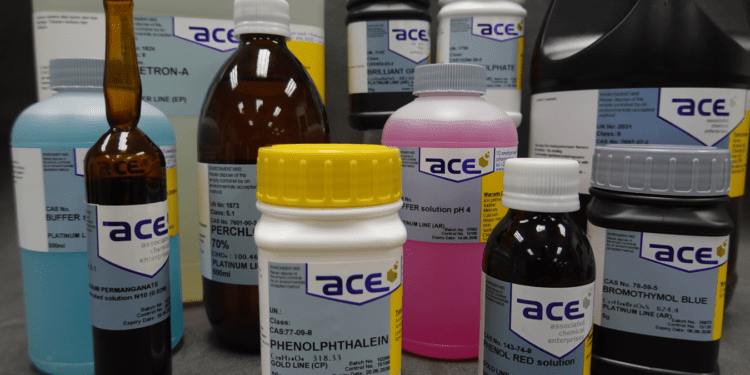Process Safety Management Reinvented: Safety Instrumented Systems at the Core of Industrial Risk Reduction
By The Industrial Edge Magazine | June 2025
Houston, Texas — As industrial facilities ramp up production and integrate more complex automation systems, the demand for robust safety infrastructure has never been more critical. At the heart of modern Process Safety Management (PSM) strategies lies a pivotal technology: Safety Instrumented Systems (SIS) — increasingly seen as the last line of defense in preventing catastrophic industrial incidents.
From oil refineries and chemical plants to power generation and mining operations, SIS technology is being upgraded and reengineered to align with new regulatory frameworks, digital transformation goals, and rising ESG pressures.
“We’re witnessing a generational shift in safety engineering,” said Dr. Leila Monroe, Director of Risk & Safety Engineering at Emerson Automation Solutions. “Today’s Safety Instrumented Systems are not just reactive layers. They’re intelligent, self-monitoring guardians of the process environment.”
Understanding SIS: The Digital Safety Net
A Safety Instrumented System is a critical layer in PSM designed to detect abnormal operating conditions and initiate automatic responses — such as shutdowns, venting, or isolation — before a hazardous event escalates. SIS typically includes:
- Sensors and Transmitters: Continuously monitor process variables (pressure, temperature, flow).
- Logic Solvers: Analyze data and decide when to act.
- Final Elements: Devices such as valves and actuators that carry out the protective action.
These systems are governed by international safety standards, most notably IEC 61511 and IEC 61508, which outline the required Safety Integrity Level (SIL) for specific risk scenarios. Process Safety Management Reinvented
Edge Computing Meets SIS
Recent advancements have pushed SIS into the digital age. With the emergence of edge computing and Industrial IoT, SIS components are now being embedded with real-time analytics and remote diagnostics.
Key innovations include:
- Edge-based SIL verification tools that validate response times and logic solver health.
- Digital twins for simulating safety scenarios and validating system design under live conditions.
- AI-assisted fault detection, enabling predictive interventions before SIS activation is needed.
Companies like Honeywell, Yokogawa, and Rockwell Automation are leading the charge in integrating edge-enabled SIS platforms into existing distributed control systems (DCS), offering unprecedented transparency and reliability.
Case Study: Safety Reimagined in the Middle East
Earlier this year, Abu Dhabi National Oil Company (ADNOC) completed the deployment of a new SIS across its Ruwais refinery — one of the largest in the Middle East. Partnering with Schneider Electric, the system utilizes a hybrid cloud-edge model for safety diagnostics, reducing maintenance response times by 38% and improving SIL compliance reporting cycles by 60%.
“The digital SIS gives us better than real-time insights — it’s not just about shutting down a process, but predicting when you might have to,” said Kareem Al Shamsi, ADNOC’s VP of Operations Excellence.
Why SIS Is Essential in a PSM Framework
Under OSHA’s 29 CFR 1910.119 regulation in the United States, and similar standards globally, Process Safety Management requires a thorough hazard analysis and implementation of engineered safeguards. SIS is central to this because:
- It minimizes human intervention, reducing error during critical incidents.
- It controls the most hazardous process variables (e.g., high pressure, exothermic reactions).
- It provides objective, quantifiable protection layers in Layers of Protection Analysis (LOPA).
Challenges and Compliance Gaps
Despite the technology’s promise, several challenges persist:
- Legacy infrastructure remains widespread in older plants, making SIS retrofits costly.
- A global shortage of functional safety engineers is slowing deployments.
- Cybersecurity of SIS components, especially those integrated with digital networks, is a growing concern.
The industry is responding with expanded training programs, increased investment in secure-by-design safety systems, and the use of remote SIL validation platforms that allow global compliance teams to audit systems virtually.
Conclusion: From Reactive to Predictive Safety
As industries evolve, safety is no longer a static system but a dynamic, data-driven architecture. With intelligent, integrated, and compliant Safety Instrumented Systems, process-intensive sectors are embracing predictive safety — not just preventing disasters, but anticipating them.
The future of Process Safety Management is here, and it is smarter, faster, and embedded at the edge.
For more safety automation insights, visit industrialedgemag.com/safety











